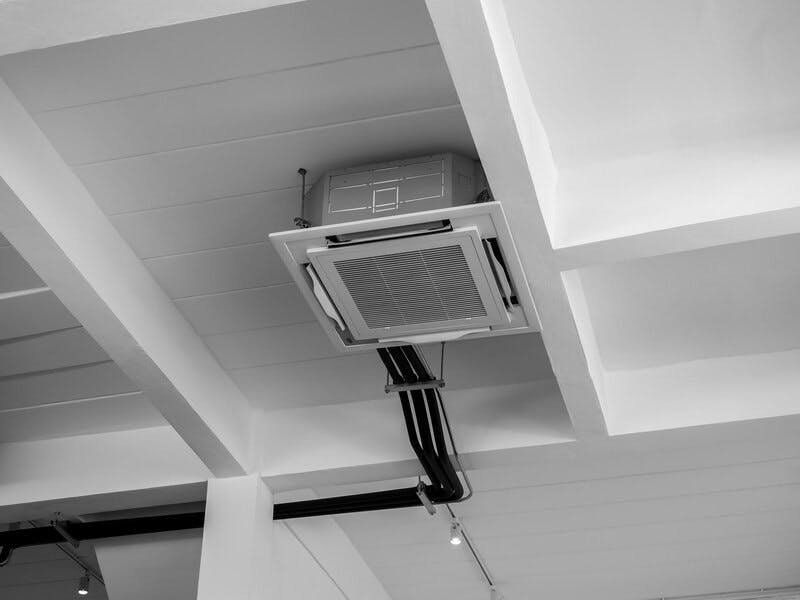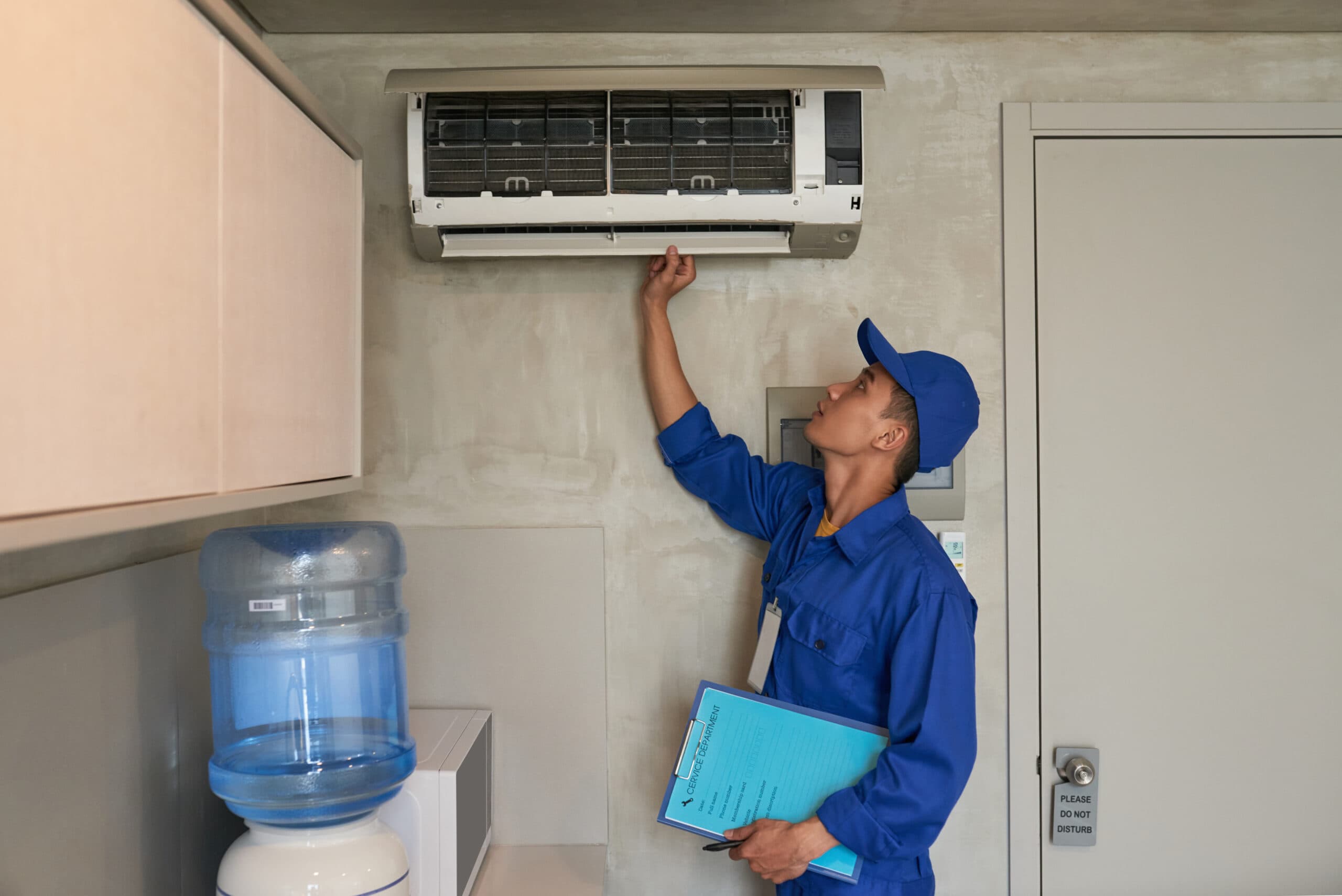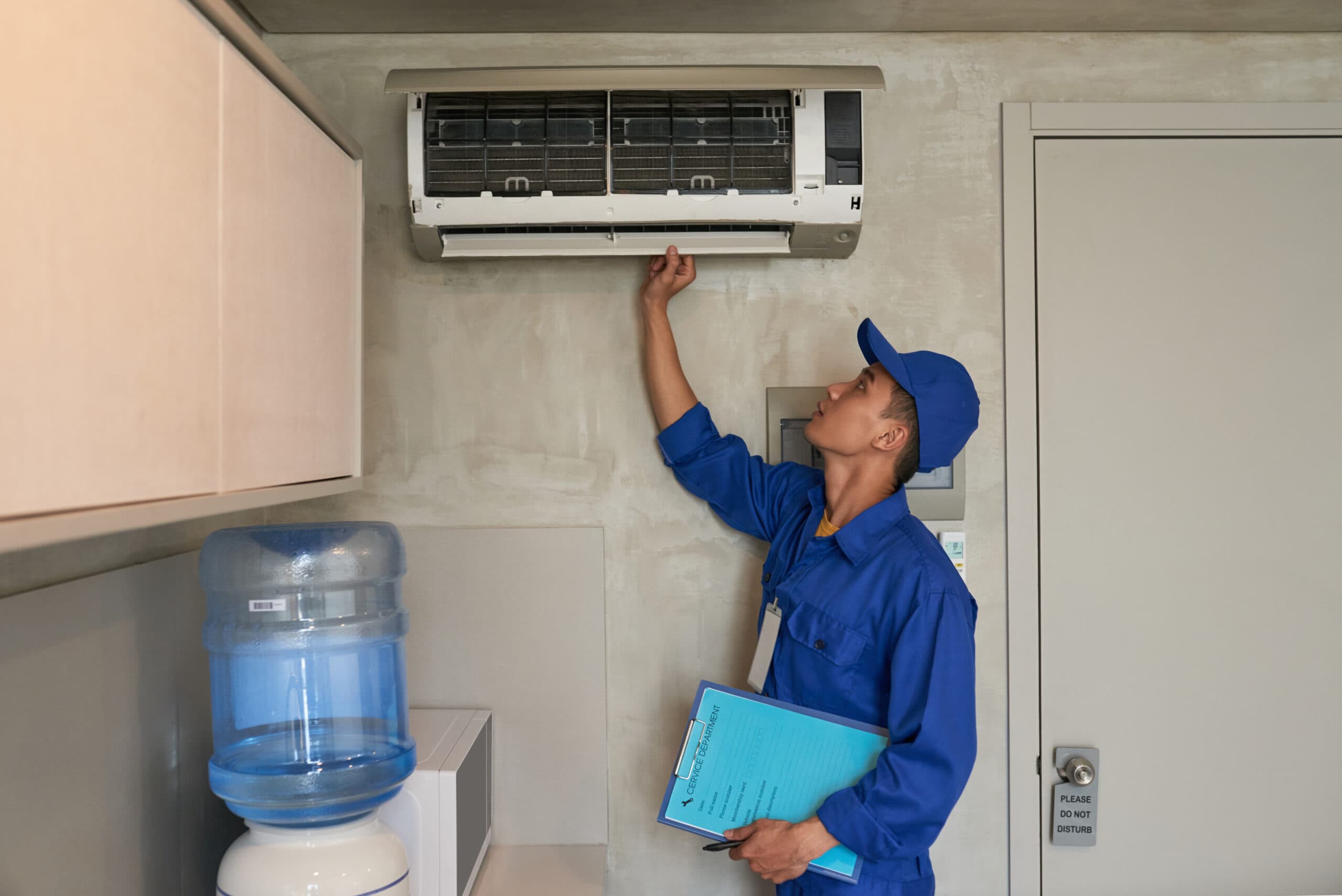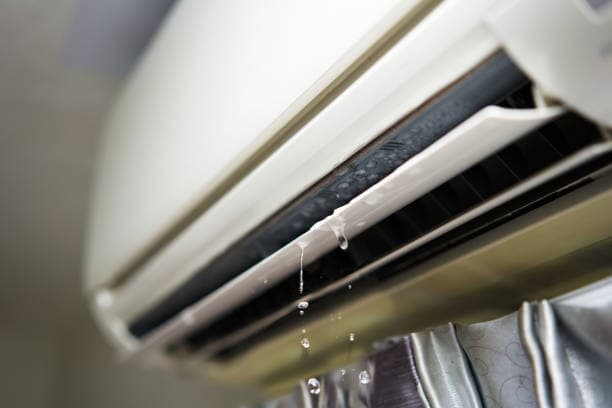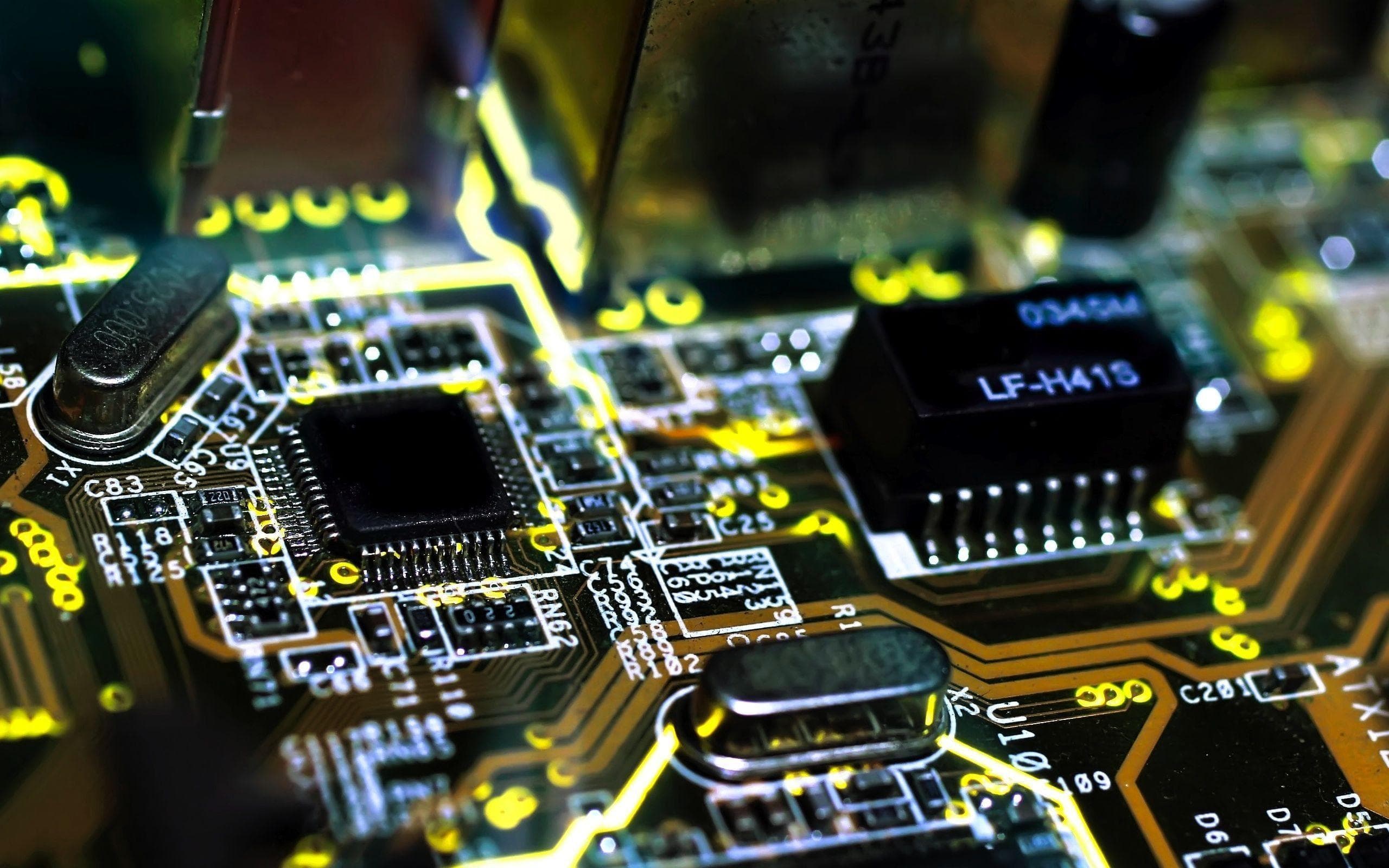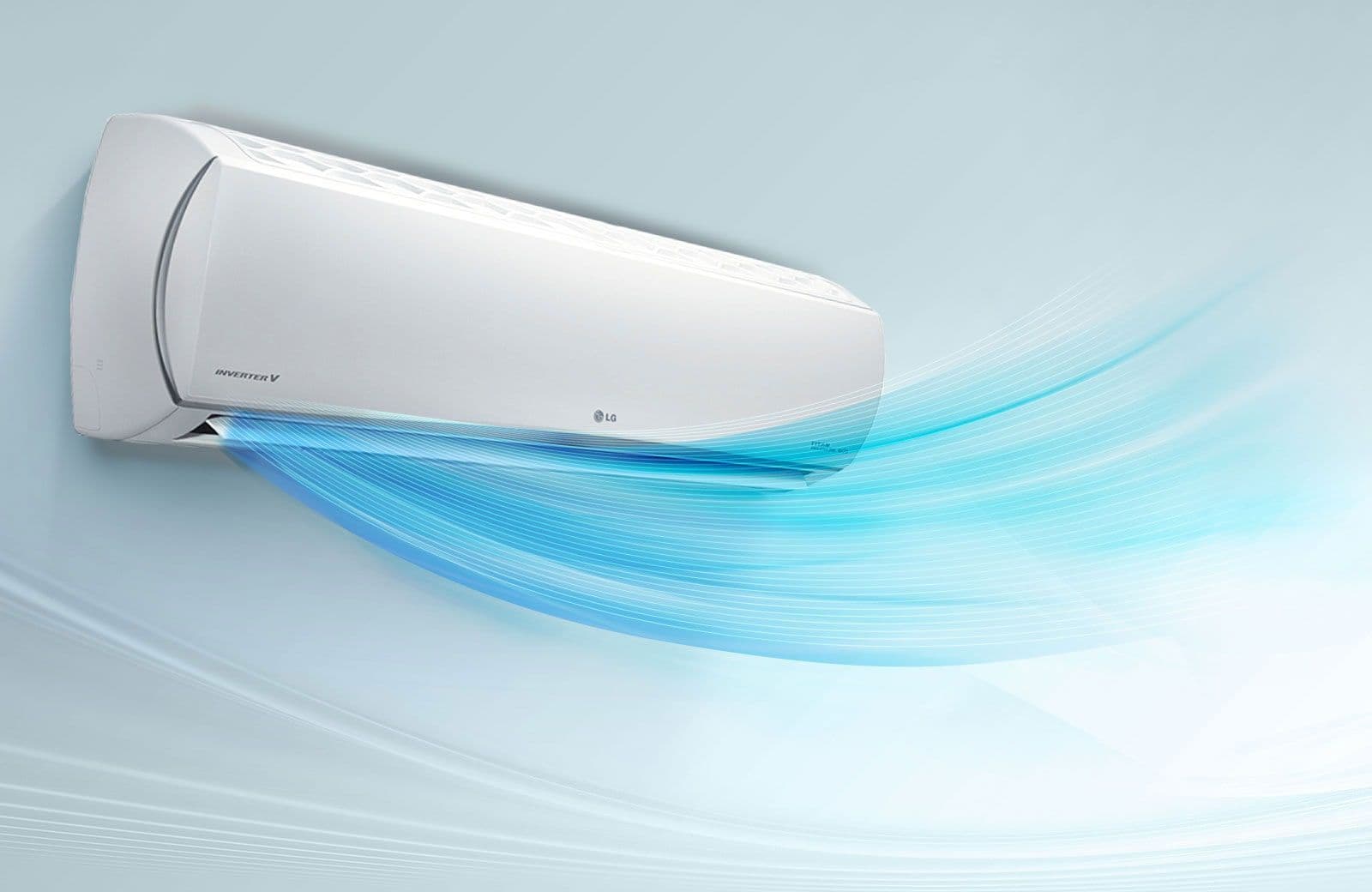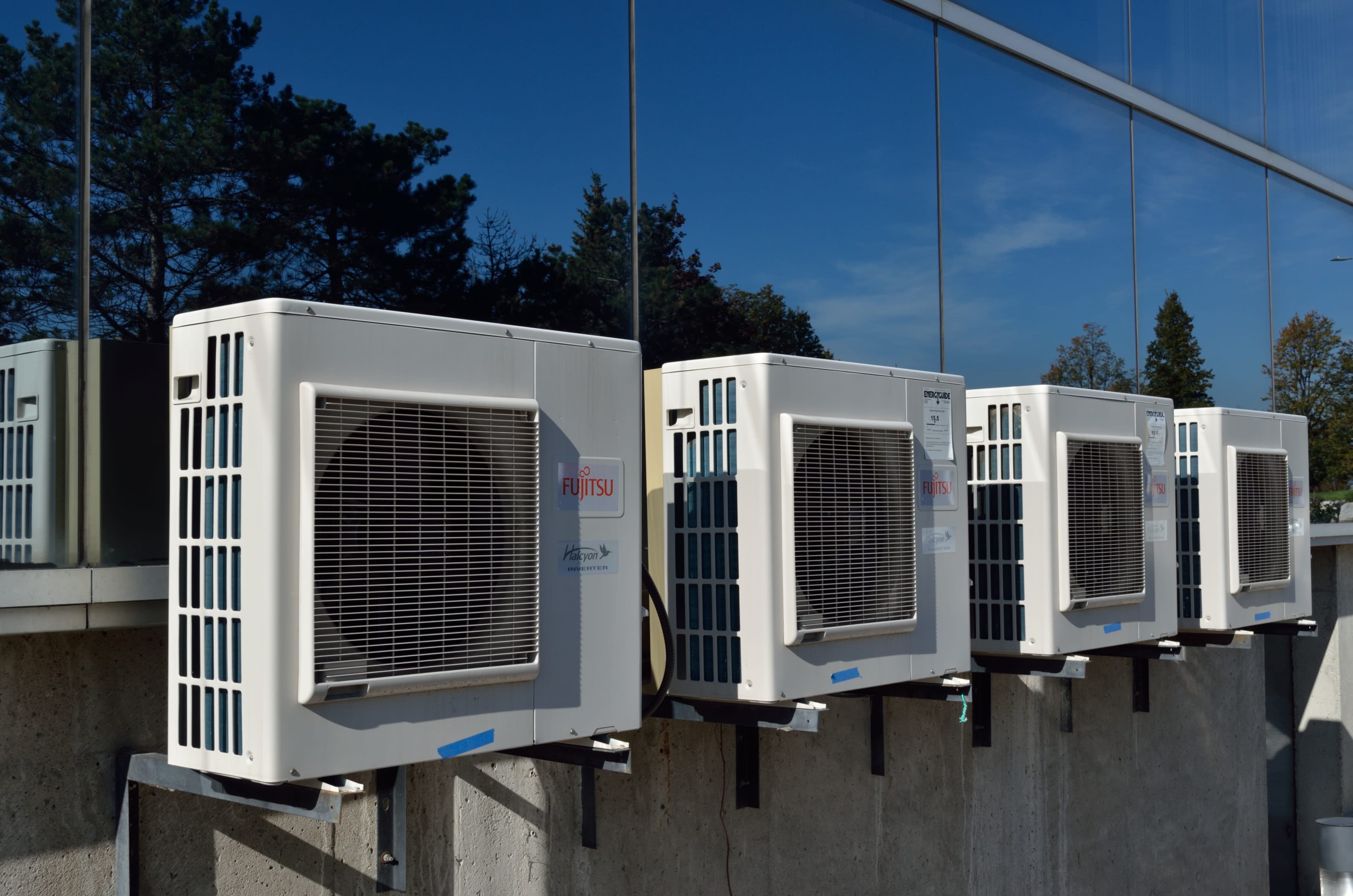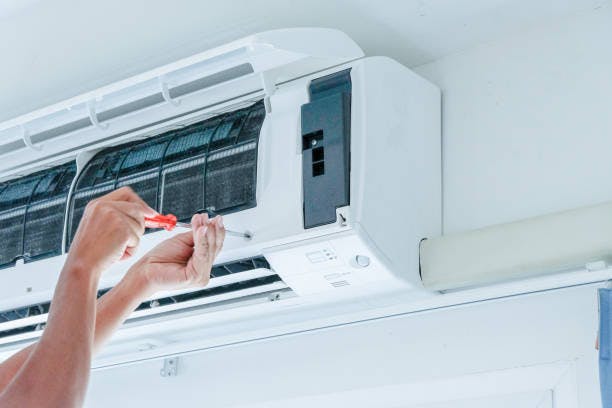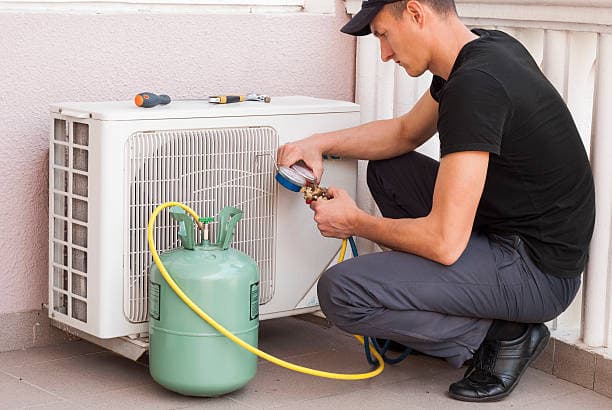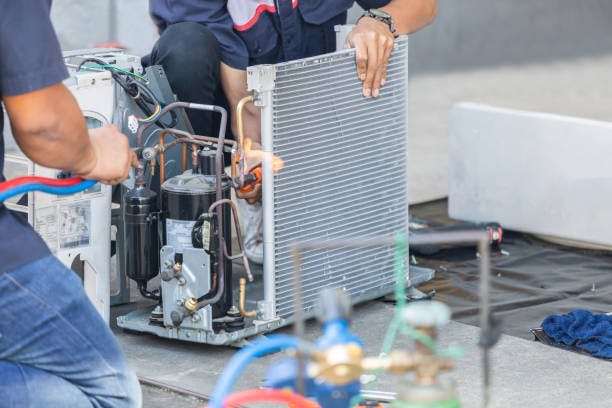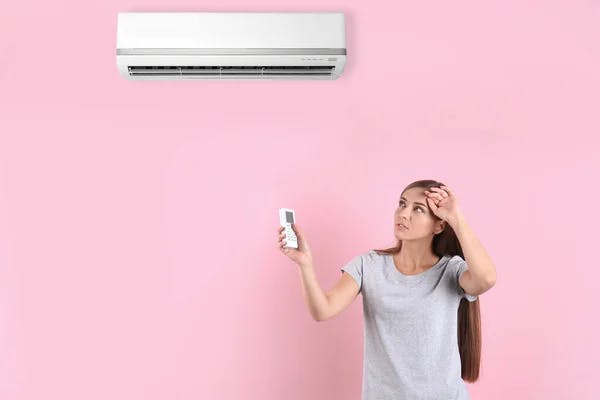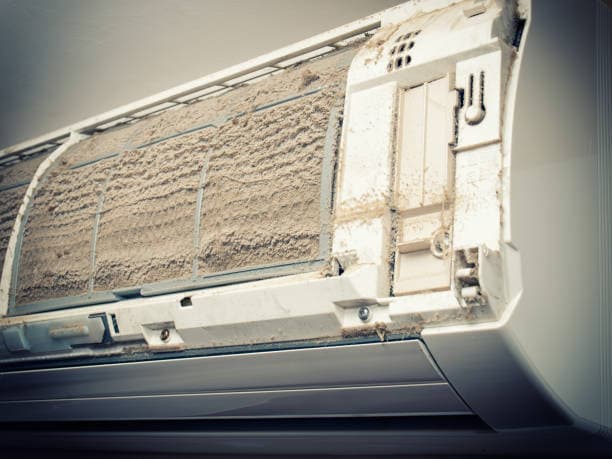Air conditioner pipe insulation is one of the critical activity carried out during new installation of aircon system. Pipe insulation plays an important role in improving energy efficiency, preventing condensation problems and ensures proper functioning of the overall cooling function. In this article we bring to you a comprehensive guide on importance of ac pipe insulation, type of insulations and common problems.
What Is AC Pipe Insulation & Why It Matters
Aircon pipe insulation is a protective covering applied to the pipes of an air conditioning (AC) system. The main purpose of this insulation is to protect the pipes from outside heat which can cause condensation and water dripping, as the pipes are exposed to outside atmosphere heat the cooling performance is deteriorated. The pipes in an AC system carry refrigerant, which undergoes phase changes to absorb and release heat, contributing to the cooling or heating of the indoor environment. Here’s a breakdown of the key aspects of aircon pipe insulation:
1. Energy Efficiency
Aircon pipe insulation acts a thermal barrier between the refrigerant gas in the pipes and the the outside environment heat. This insulation minimizes energy loss during the transportation of conditioned air, ensuring that the cooling or heating process remains efficient.
2. Condensation Control
Uninsulated air conditioning pipes are susceptible to condensation when the temperature of the refrigerant inside is significantly lower than the atmospheric air. Condensation can lead to water damage, corrosion, and reduced system efficiency. Proper insulation acts as a barrier against moisture, preventing condensation and its associated problems.
3. Prevention of Heat Gain
In addition to preventing heat loss, aircon pipe insulation also helps in avoiding heat gain from the surrounding environment. This is crucial for systems that operate in high-temperature environments, ensuring that the refrigerant remains at the desired temperature for optimal performance.
Common Problems with AC Pipe Insulation
1. Deterioration and Wear
Over time, aircon pipe insulation can deteriorate due to exposure to environmental factors, leading to reduced effectiveness. Inspect the insulation regularly and replace any sections showing signs of wear.
2. Poor Installation
Improperly installed insulation, with gaps or inadequate coverage, can compromise its efficiency. Ensure proper installation, especially around joints and connections, to prevent heat exchange issues.
3. Pest Damage
Rodents and insects may find insulation materials attractive for nesting. Regularly check for signs of pest damage and replace affected insulation promptly.
4. Moisture Infiltration:
Moisture infiltration, whether from leaks or improper sealing, can undermine the insulation’s ability to resist condensation. Address any sources of moisture promptly and replace damaged insulation.
Types of Aircon Pipe Insulation
1. Foam Insulation

Foam insulation, such as closed-cell elastomeric foam, is a popular choice for aircon pipes. It offers excellent thermal properties, moisture resistance, and flexibility, making it easy to install around pipes of various shapes and sizes.
2. Rubber Insulation
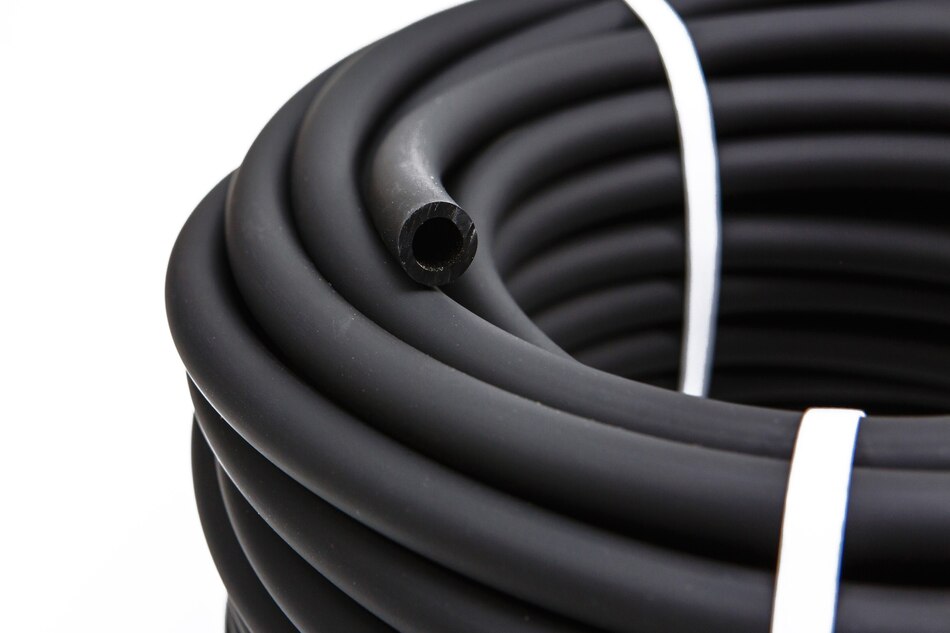
Rubber insulation is durable, weather-resistant, and resistant to UV exposure. It is an excellent choice for outdoor aircon pipes, protecting them from the elements.
3. Fiberglass Insulation
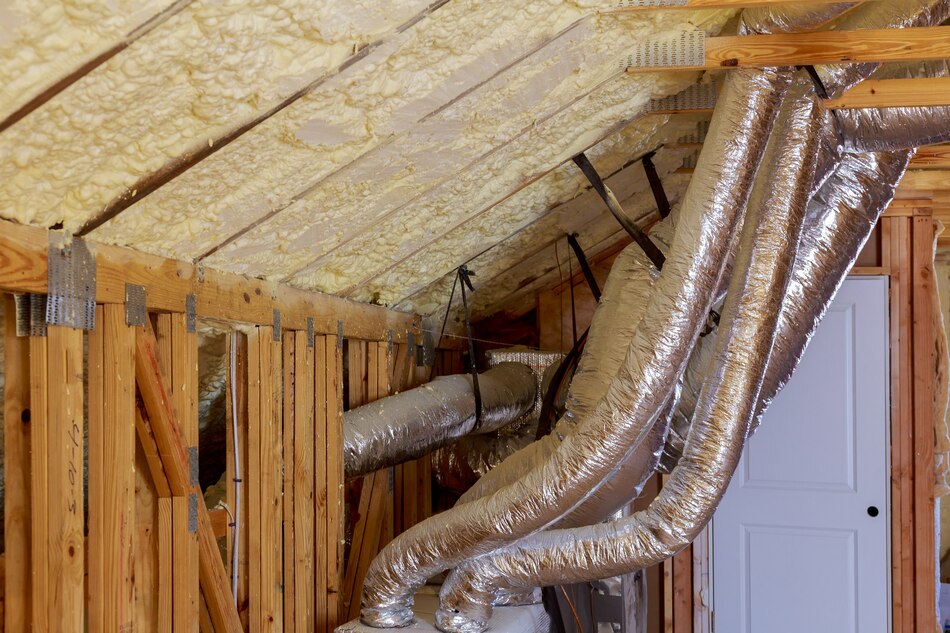
Fiberglass insulation is another common option, known for its affordability and effectiveness. It provides thermal resistance and is suitable for both residential and commercial air conditioning systems.
Installation and Maintenance Tips
1. Proper Installation
Ensure that the insulation is installed snugly around the pipes without any gaps. Pay special attention to joints, elbows, and connections where heat exchange is more likely to occur.
2. Regular Inspection
Periodically inspect the condition of the aircon pipe insulation. Look for signs of wear, tear, or damage. Replace any damaged insulation promptly to maintain its effectiveness.
3. Professional Assistance
If you’re unsure about the state of your aircon pipe insulation or need to install new insulation, consider seeking professional assistance. HVAC technicians can assess your system’s needs and ensure proper installation.
| Investing in quality aircon pipe insulation is a proactive step toward enhancing the efficiency and longevity of your air conditioning system. Whether for residential or commercial use, the benefits of proper insulation extend beyond energy savings to include improved indoor comfort and reduced maintenance issues. Prioritize aircon pipe insulation, and you’ll not only experience a more efficient cooling or heating process but also contribute to a sustainable and comfortable living or working environment. |
If your aircon is leaking water from the indoor unit itself, it may not be a condensation problem with the insulation. Refer to our article on aircon leaking water for details.
